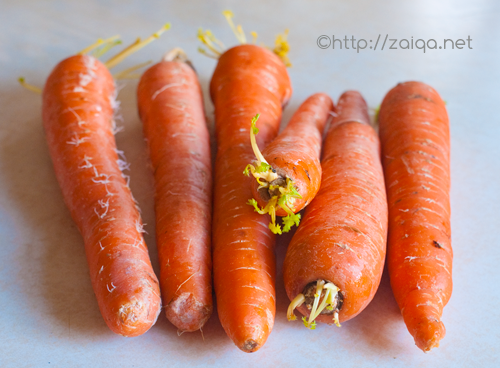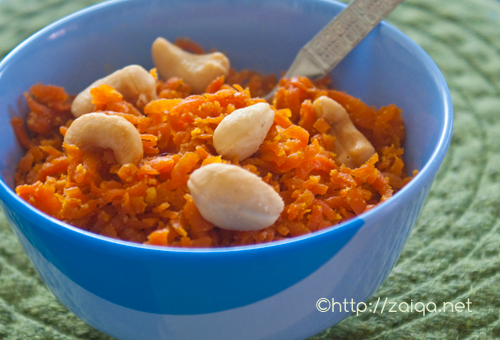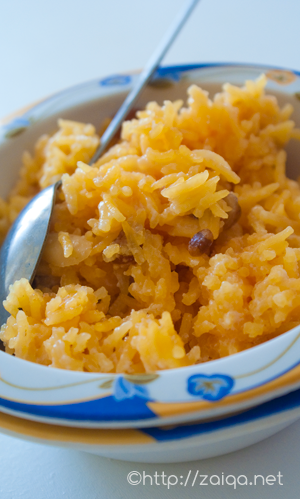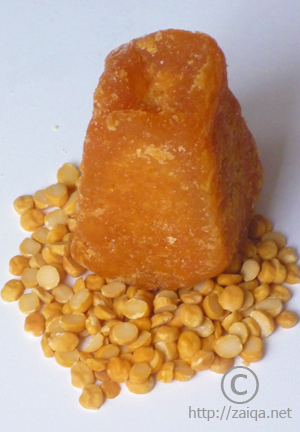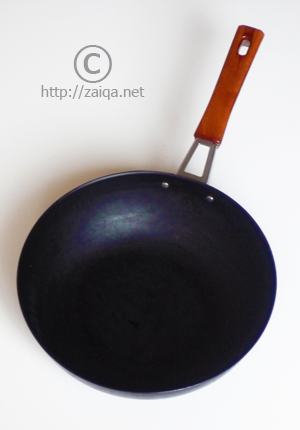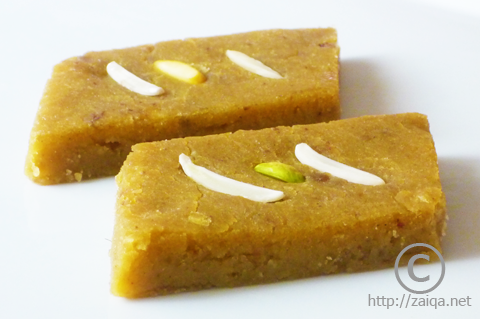Life has ever so been wonderful and oh so busy since babyjaan happened. Days seem to be flowing without me even noticing them. But my little chickadee has given me a reason to look forward to each new day and my life has a now a meaning alhamdulillah. Motherhood has indeed been a blessing alhamdulillah. I am happy to resume blogging, I missed you all.
I havent been cooking much lately, other than quick one dish meals or semi home made dinners. A baby changes your routines in ways you might not have even imagined. MIL was handling most of the cooking during my postpatrum days. Now that both my MIL and FIL have left, I am back to cooking meals daily. My mom had been after me to prepare and eat Panjeri as soon as she was born. Panjeri is made of rich and beneficial food products such as dry fruits and nuts and is meant for post partum and lactating women, traditionally prepared in our family and eaten by new mothers. Panjeri is also given to young girls.
The quantities of the amount of nuts and dry fruits used in the recipe can be altered according to your desires. I love almonds, so I have used more of them here. I am not sure what Kangi ke beenj are referred to in english language.
Panjeri
Ingredients:
Edible Gum – 100 gms
Cashewnuts – 150 gms
Pinenuts – 100 gms
Walnuts – 100 gms
Pistachios – 100 gms
Almonds – 350 gms
Raisins – 100 gms
Kangi ke beenj – 30 gms
Chironji – 20
Phool Makhana/Lotus Seeds – 40 gms
Granulated Sugar – 100 gms (or) Misri [both according to taste, add more if you want it sweeter]
Ghee – to fry

Method:
Shallow each ingredient one by one except misri in 1 -2 tbsp ghee in a frying pan or a cast iron skillet for 2-5 minutes and then transfer to a platter. Edible gum once fried changes from a translucent color to white color like popcorn. After all have been shallow fried, let them cool to room temperature. Later transfer them all to a food processor. Add misri and process until the whole thing is granular, need not be too fine. Transfer to a storage container or a canister and store in the refrigerator. Post partum and lactating women should eat about 1-2 tablespoon of this everyday.
Sending this recipe to Ayeesha’s Healthy Morsels Pregnancy
Luv,
Mona
